Farewell to Poetry Month with
(Who Else But) Mama Goose…
 Thursday, April 30th, 2009
Thursday, April 30th, 2009
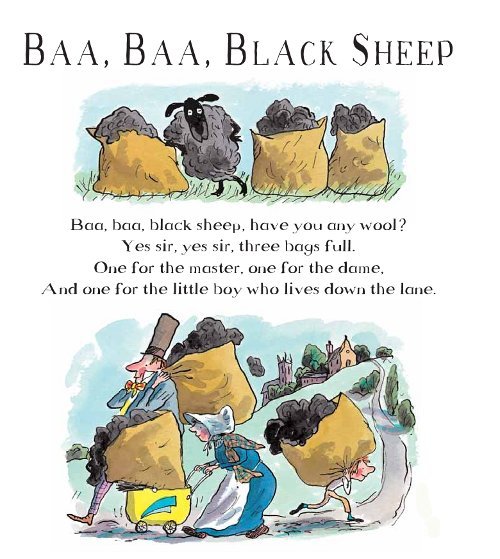
Well. It’s the last day of April, folks. Though I’m a big believer in poetry every day of the year, I’ll miss National Poetry Month 2009. I thought we’d say goodbye to it with the one and only matron of children’s literature, Mother Goose.
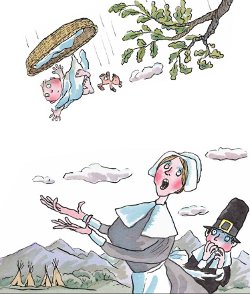 There are a whole slew, to be precise, of Mother Goose collections out there. And, by all means, if you want to know the weird and wonderful stories behind how these weird and wonderful rhymes came about, pick up a copy of Chris Roberts’ entertaining Heavy Words Lightly Thrown: The Reason Behind the Rhyme (first published in 2004 by Granta Books). I blogged about it here, back in the Dark, Dark Times When Our Images Were Lamentably Small.
There are a whole slew, to be precise, of Mother Goose collections out there. And, by all means, if you want to know the weird and wonderful stories behind how these weird and wonderful rhymes came about, pick up a copy of Chris Roberts’ entertaining Heavy Words Lightly Thrown: The Reason Behind the Rhyme (first published in 2004 by Granta Books). I blogged about it here, back in the Dark, Dark Times When Our Images Were Lamentably Small.
As I mentioned back then: Heavy Words Lightly Thrown is a raucous and very fun read. And you gotta love a book that takes its title from a Smiths’ song anyway. Who knew that the lullaby “Rock-a-bye, baby” (pictured left as British author and illustrator Tony Ross illustrated it) could be a warning about hubris? And that “Baa Baa Black Sheep,” above, is all about taxation? And that one saucy explanation for “Jack and Jill” is:
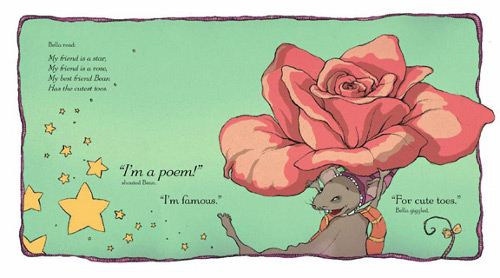
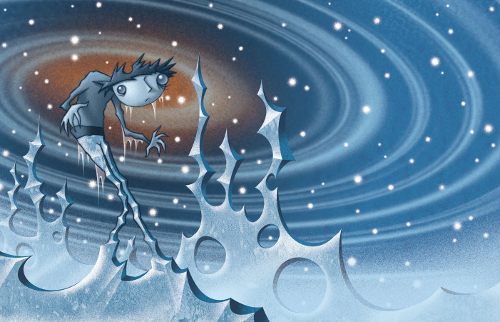
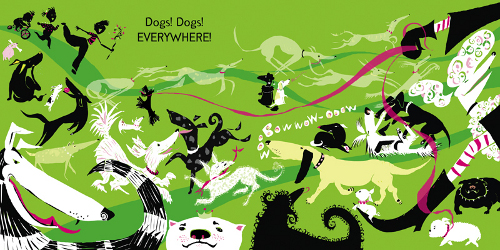


 I invited author/illustrator
I invited author/illustrator 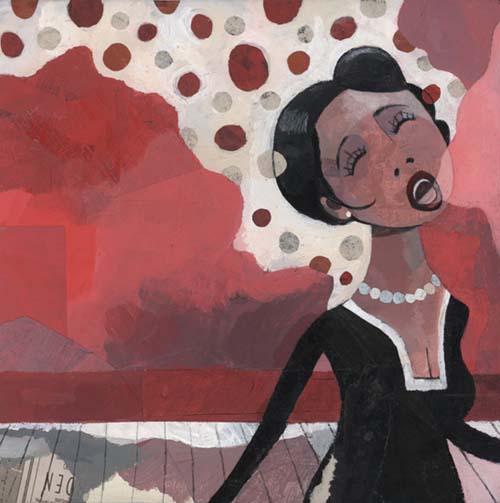
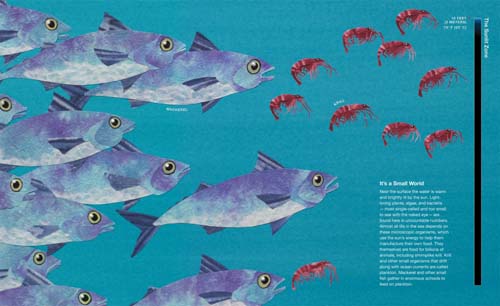
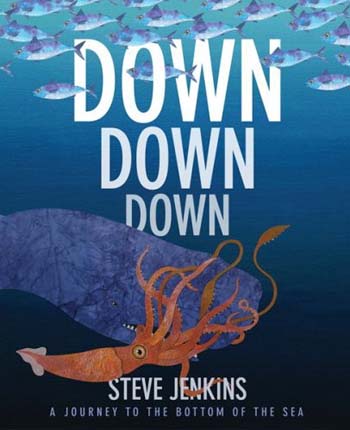 This is how Jenkins opens the book, then telling us we’ll be descending from the surface of the ocean to the sea floor, travelling through “one of the most extreme environments on earth.” In fact, in the next spread we see that he actually begins above the surface, showing us that sometimes, “without warning, the creatures of this hidden world burst into our own…sea creatures sometimes leap from the water into the air…” (great white shark, flying squid, spinner dolphin, etc.) Indeed, he eventually takes us to the deepest spot in the sea, in which almost seven miles of water rest above our heads, to the Challenger Deep. In between, he puts to use his usual charms on each and every spread: His richly-textured images and detailed visual data, as well as his ability to lay out sea-life facts in an engaging manner, appealing to a wide variety of ages. (My own very young children, who are drawn to Jenkins’ titles like candy, actually use the book as a toy—though we’ve read it precisely seven bajillion times, too—putting their small dinosaur creatures on the book’s sea spreads to interact with the ogrefish, goblin sharks, deep-sea jellyfish, and giant squids.) My favorite fun fact? Bioluminescence—when animals can produce their own light, as most of the sea life that live below the sunlit layer of the ocean do—is the most common form of animal communication on earth. Who knew.
This is how Jenkins opens the book, then telling us we’ll be descending from the surface of the ocean to the sea floor, travelling through “one of the most extreme environments on earth.” In fact, in the next spread we see that he actually begins above the surface, showing us that sometimes, “without warning, the creatures of this hidden world burst into our own…sea creatures sometimes leap from the water into the air…” (great white shark, flying squid, spinner dolphin, etc.) Indeed, he eventually takes us to the deepest spot in the sea, in which almost seven miles of water rest above our heads, to the Challenger Deep. In between, he puts to use his usual charms on each and every spread: His richly-textured images and detailed visual data, as well as his ability to lay out sea-life facts in an engaging manner, appealing to a wide variety of ages. (My own very young children, who are drawn to Jenkins’ titles like candy, actually use the book as a toy—though we’ve read it precisely seven bajillion times, too—putting their small dinosaur creatures on the book’s sea spreads to interact with the ogrefish, goblin sharks, deep-sea jellyfish, and giant squids.) My favorite fun fact? Bioluminescence—when animals can produce their own light, as most of the sea life that live below the sunlit layer of the ocean do—is the most common form of animal communication on earth. Who knew.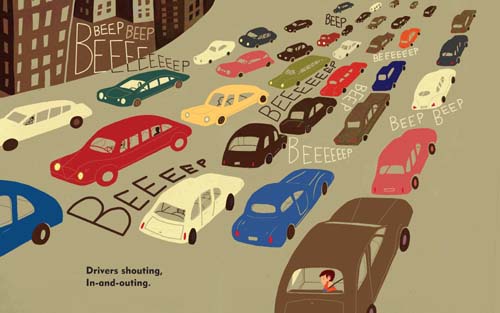
 I’m happy to welcome author/poet/blogger
I’m happy to welcome author/poet/blogger 